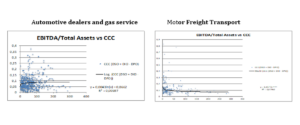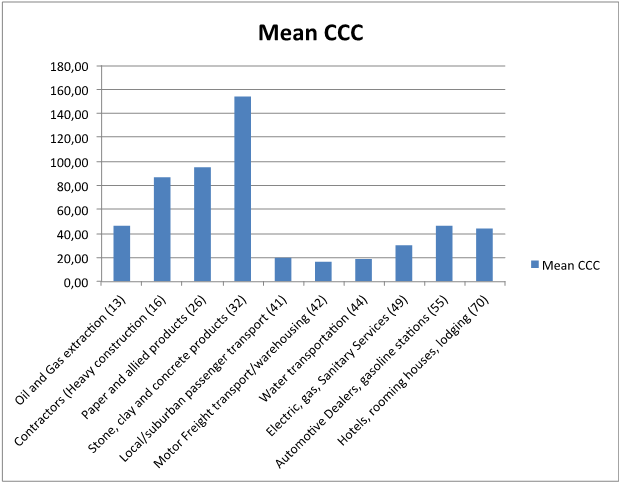Corda Enterprise blockchain platform: unlocking new opportunities
| 30-07-2018 | Carlo de Meijer | treasuryXL

Early this month R3 announced the launch of Corda Enterprise, a commercial version of its open-source Corda blockchain platform, which aims to help a wider range of business use blockchain in their sector. With the launch of Corda Enterprise, companies can now select a version of Corda that fits their unique needs – regardless of their industry, size and stage of development. It however took more than a year hard working, because of the various challenges, such as scale, security and privacy.
Corda Enterprise brings greater enterprise capabilities to the Corda platform. Built upon the existing Corda’s functionality, it is thereby enhancing availability and performance. These extra features may enhance security and make Corda Enterprise easier to scale. Next to the We.Trade platform for trade finance (see my recent blog: We.Trade on blockchain: yes we can), Corda Enterprise is the second commercially available blockchain platform for business, specifically optimised to “meet the demands of modern day businesses”, especially complex regulated institutions.
Why Corda Enterprise?
The whole idea of the original Corda platform (see my blog: R3CEV Corda Platform: the blockchain app store, 9 October 2017) was to enable businesses to transact directly and privately, reducing transaction costs and streamlining operations. Many large users however are facing technical, regulatory and compliance issues that prevent them from using blockchain internally at scale. Not all businesses can realise the full potential of blockchain because of technical constraints like their existing IT systems and complex infrastructures, as well as issues around privacy, scalability and interoperability between systems. R3 is therefore launching Corda Enterprise and has implemented additional functionalities so that every business can benefit.
Read the full article of our expert Carlo de Meijer on LinkedIn

Economist and researcher

 Leningen worden vaak gezien als een goede manier om lange termijn investeringen te financieren. Een (gecommitteerde) meerjarige lening levert veelal zekerheid voor de middellange termijn. “Voor meerdere jaren vastgelegd” blijkt in de praktijk vaak niet waar te zijn. Leningen worden afgesloten als een aanvullende vorm van financieren, naast rekening courant, lease en/of andere leningen. Hoewel het aangaan van de meerjarige financiering ‘an sich’ niet heel risicovol hoeft te zijn, zijn de voorwaarden dit soms wel.
Leningen worden vaak gezien als een goede manier om lange termijn investeringen te financieren. Een (gecommitteerde) meerjarige lening levert veelal zekerheid voor de middellange termijn. “Voor meerdere jaren vastgelegd” blijkt in de praktijk vaak niet waar te zijn. Leningen worden afgesloten als een aanvullende vorm van financieren, naast rekening courant, lease en/of andere leningen. Hoewel het aangaan van de meerjarige financiering ‘an sich’ niet heel risicovol hoeft te zijn, zijn de voorwaarden dit soms wel.




 Kasja Reinders – Treasury/Cash Manager
Kasja Reinders – Treasury/Cash Manager





 My father was a civil engineer and would have liked one of his kids to follow in his footsteps. Regretfully for him we all went in different directions, me landing an engineering degree of the wrong type. What I did like to learn from my first business management professor was about creating bridges between various functional areas. That is what I have been doing as a recruiter for almost 25 years, the last 8 solely in corporate treasury. Why treasury?
My father was a civil engineer and would have liked one of his kids to follow in his footsteps. Regretfully for him we all went in different directions, me landing an engineering degree of the wrong type. What I did like to learn from my first business management professor was about creating bridges between various functional areas. That is what I have been doing as a recruiter for almost 25 years, the last 8 solely in corporate treasury. Why treasury?
